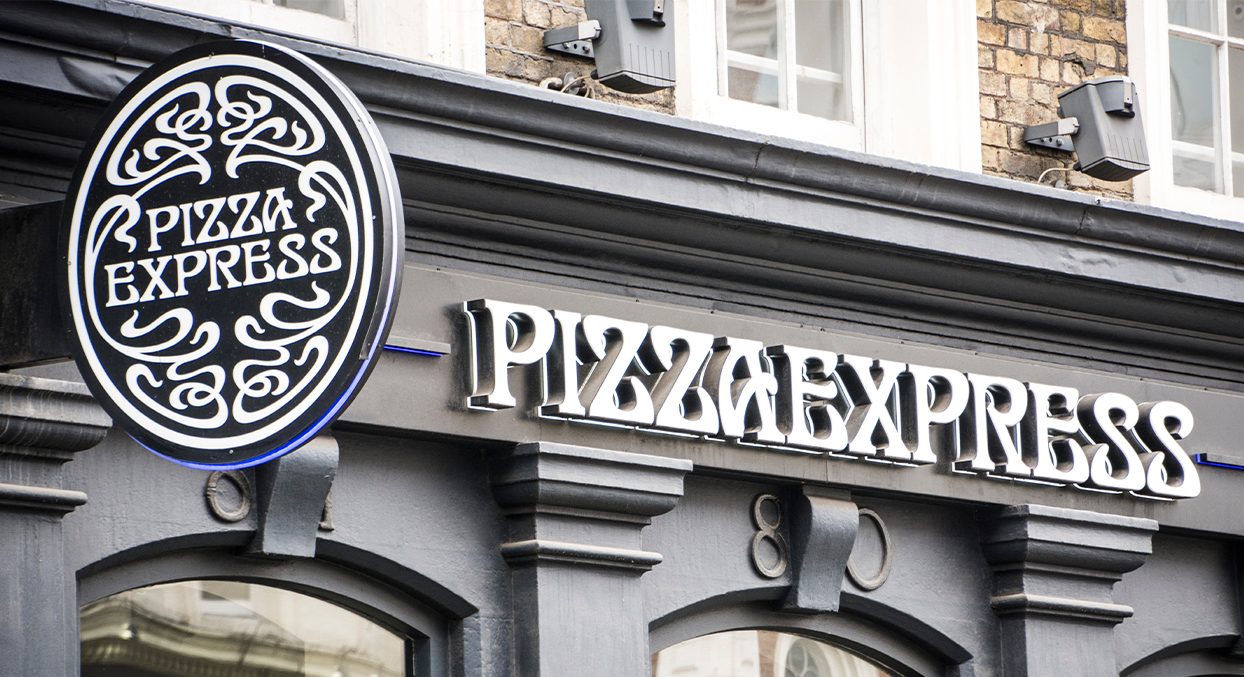A recent Commercial Court decision relevant to policyholders serves as a reminder that warranty and indemnity (W&I) insurance policies are not a panacea to failed or defective merger and acquisition (M&A) transactions.
Aaron Le Marquer, Head of Policyholder Disputes, examines the Commercial Court’s decision in Finsbury Food Group Ltd v Axis Corporate Capital & ors [2023] EWHC 1559 (Comm).
Background
Finsbury Food Group Plc (“Finsbury”) was a group of food manufacturing companies, including various bakery businesses. Ultrapharm Limited (“Ultrapharm”) was a specialist manufacturer of gluten free baked goods, its chief business in the UK being the supply of its products to Marks & Spencer.
The case concerns Finsbury’s claim against the defendant insurers under a buyer-side warranty and indemnity insurance policy (“the Policy”) issued in connection with the sale and purchase of the shares in Ultrapharm to Finsbury under a sale and purchase agreement (“SPA”).
Finsbury claimed Ultrapharm had breached warranties in the SPA, and the terms of the Policy covered these breaches. Finsbury contended that this reduced the overall value of Ultrapharm’s business by £3,194,370.
The issues
The case turned on four key issues:
- the meaning of two particular warranties in the SPA (the ‘Trading Conditions Warranty’ and the ‘Price Reductions Warranty’), and whether a recipe change and/or a price reduction agreed between Ultrapharm and M&S amounted to a breach of either of those warranties;
- whether Finsbury’s knowledge of the alleged breaches excluded liability under the SPA and cover under the Policy;
- if not, whether Finsbury would have proceeded with the transaction in any event (ie causation); and
- if not, how was Finsbury’s loss arising from the breach to be valued?
The decision
As a starting point, the judge found that there were serious deficiencies in the evidence produced by Finsbury with its disclosure “profoundly unsatisfactory”, its six witnesses of fact “unreliable”, “belligerent” and “untruthful”, and its expert witness “prepared to make assumptions in favour of Finsbury when the evidence did not always justify him in so doing”.
It is, therefore, perhaps unsurprising that the judge found in favour of insurers on each of the key issues.
- Breach of warranty
Finsbury argued that the Trading Conditions Warranty was breached both by the recipe change and the price reduction. In relation to the recipe change, the court found that (i) it was both agreed and came into effect before the relevant date for a breach of warranty claim (the “Accounts Date”); (ii) it did not give rise to a material adverse change, which the court deemed to mean one that exceeds 10% of the financial position or turnover of the company; and (iii) it was simply part of the ordinary course of the bakery’s business. The recipe change did not, therefore, breach the Trading Conditions Warranty.
In relation to the price reduction, it was agreed that this had been offered or agreed to be offered by Ultrapharm prior to the Accounts Date but had not been implemented until after that date. Finsbury argued that the implementation date was relevant. In contrast, the insurers argued that it was the date on which the reduction was offered or agreed to be offered that was relevant. The judge agreed with the insurers that the Price Reduction Warranty was directed at the date upon which the price reduction was offered or agreed to be offered and not the date upon which it actually becomes effective. As this had taken place prior to the Accounts Date, he was satisfied that the price reduction did not breach the Price Reduction Warranty.
As there had been no breach of warranty, it followed that the remaining issues were not relevant. However, the judge went on to consider what the answer would have been on the assumption that he was wrong about the breach of warranty.
- Knowledge
If there had been a breach of warranty, the terms of the Policy provided there would be no coverage if Finsbury had actual knowledge of the circumstances of a warranty claim and was actually aware that such circumstances would be reasonably likely to give rise to a warranty claim. On this issue, the judge found that the key witness’s evidence was untruthful and his knowledge at the relevant time was fatal to Finsbury’s case. The knowledge exclusion applied, and even if there had been a breach of warranty, coverage was, therefore, excluded under the policy.
- Causation
The insurers further argued that even if Finsbury had known about the circumstances it now claimed amounted to a breach of warranty, Finsbury would have proceeded with the transaction at the same price anyway. The breach would therefore have caused no loss. Examining the evidence, the judge’s key factual finding was that the purchase price of £20m was fixed from the beginning and was “hard-coded” into the transaction. On that basis, the judge concluded that Finsbury would have proceeded with the transaction at the same price in any event and was therefore unable to prove it had suffered any loss as a result of the alleged breach.
- Quantum
Given that the judge found that Finsbury’s claim failed on both liability and causation, quantum did not arise. The judge dealt with it briefly anyway.
The value of the claim turned on the warranted value of Ultrapharm at the time of its purchase (and whether the purchase price reflected that warranted value); and (ii) what the actual value of Ultrapharm was at that time. In relation to the first question, the judge found that the fact of the “hard-coded” £20m purchase price meant that there was no “warranted value” of the business at the time of the transaction. The purchase price was simply the price that Finsbury was prepared to pay and was based on a simple multiple of 1x sales.
As to the second question, the actual value of the business at the time of the sale was found to be in the range of £15.3m to £16.9m. However, as there was no warranted value and the purchase price had simply been fixed by reference to sales, the comparison between the actual value of the company and the purchase price was irrelevant for the purpose of calculating loss caused by any breach of warranty (and, in any case, the judge had found that there was no breach.)
Had he found there to be a breach of warranty, as the purchase price had been fixed by reference to total group sales, the judge would have assessed any loss to have been limited to the actual reduction in sales caused by the breach. On the evidence before the court, that reduction amounted to only £300,000.
Comment
W&I insurance can be a powerful tool to facilitate and de-risk M&A transactions. However, the overarching takeaway from the decision is a reminder to policyholders that a W&I policy does not necessarily provide an easier route of recovery than otherwise would have been available under an SPA for a breach of warranty. Nor does it provide the purchaser with protection against a bad bargain. The policy is intended to transfer risk for any breaches to the insurers, but the onus of proving a breach of warranty claim remains with the purchaser and is not diluted. Purchasers should not assume that insurers will not hold them to the same standard of proof as a seller would have in a breach of warranty claim.
The case also demonstrates a common difficulty of valuing breach of warranty claims and is a warning that a retrospective assessment of loss is not sufficient. When considering both causation and quantum, the claim must be viewed objectively through the lens of the facts and circumstances pertaining at the time of the transaction. That approach can produce very different results from the policyholder’s subjective analysis carried out with the benefit of full hindsight.
You can find further information regarding our expertise, experience and team on our Policyholder Disputes pages.
If you require assistance from our team, please contact us.
Subscribe – In order to receive our news straight to your inbox, subscribe here. Our newsletters are sent no more than once a month.






